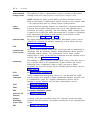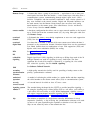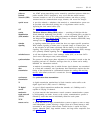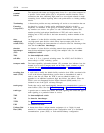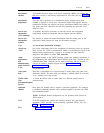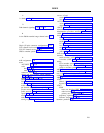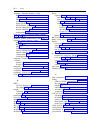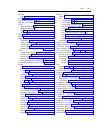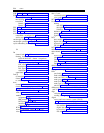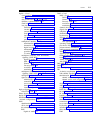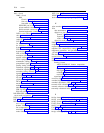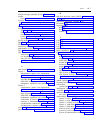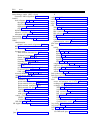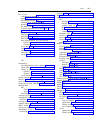
IN-2
INDEX
Automatic Alternate Routing (AAR)
BC 1-24
called party IE 7-38
CBC 7-25
feature groups 7-4
feature parameters 7-104
ISDN dynamic trunk group C-6
network characteristics 7-47
network identifier 7-46
routing tables 7-102
automatic identified outward dialing (AIOD)
7-31, 7-89, 7-92
automatic number identification (ANI) 1-28
Automatic Route Selection (ARS)
BC 1-24
BCCOS 7-101
CBC 7-25
ISDN dynamic trunk group C-6
network characteristics 7-44
network identifier 7-42
routing tables 7-100
second dial tone 2-6
Automatic Transmission Measurement System
(ATMS)
Generic 2 7-105
System 85 7-48
Automatic Voice Network (AUTOVON) 1-31
AUTOVON 1-31
availability of synchronization sources 5-28
availability, transmission 5-22
AVD 1-22, 7-9
B
B8ZS
and ZCS differences 1-19
line coding 1-17, 2-3
backup
D-channel 1-5, 2-14
modules 5-8
bandwidth 1-9, 5-4
basic rate interface 1-3
baud 7-121
BC 1-22, C-16
BC code 7-23, 7-81
BCC IE 1-27
BCCOS 1-24, C-1
B-channel 1-2, 1-4
BCM32000 2-10
bearer
capability 1-22, C-16
class (BCC) 1-23, 7-122, 7-146
class of service (BCCOS) 1-24, C-1
code 7-23, 7-81
routing 7-149
assignment 7-22, 7-80
Generic 1 7-149
interworking 1-30
System 85 and Generic 2 differences
7-76
channel 1-2, 1-4
Bell System reference frequency 2-7
binary service format 7-99, C-16
bipolar
line coding 1-16
signal 1-2
violation 1-18, 1-20, 3-3
with 8-zero substitution (B8ZS) line coding
1-17, 2-3
bit
compression multiplexer (BCM) 2-10
error rate 1-11, 1-14, 8-4
oriented signaling 2-3
rate 3-1
synchronization 5-1
blue alarm 8-5
bundling signaling 2-11
C
cable comparisons B-15
cabling
CEM and CDM configurations 3-7
DS1 transmission 3-1
metallic 3-2
nonmetallic options 3-6
off-premises 3-5
on-premises 3-3
Call-by-Call Service Selection
advantages 1-28
description 1-26
Generic 1 services 7-115
ISDN public network connections 7-98
trunk type 120 7-25, 7-83
called party IE 1-27
calling number identification 7-18
call-reference IE 1-26
call-reference value (CRV) 1-26



